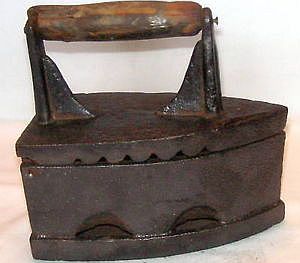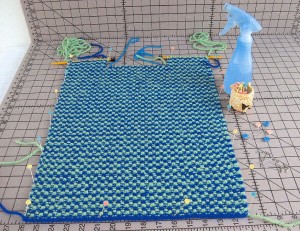The Pagasitic Gulf has a fairly good natured temperament, but as the saying goes, still waters run deep and in this case they do quite literally for the Gulf’s depth is about 100 meters in most parts. Though usually calm, the Pag can be moody, showing flashes of anger just when least expected, particularly after Poseidon decides to get his trident in a twist. Rather high and mighty is Poseidon, conscious of his position as one of the Twelve Gods; his realm is the sea and he’s a touchy character. Very. Poseidon is quick to take offense, and even quicker to vent his fury, striking his three pronged weapon to cause earthquake and tsunami, shipwreck and drowning. For my part I’ll take his raging seas any day rather than his earthquakes.
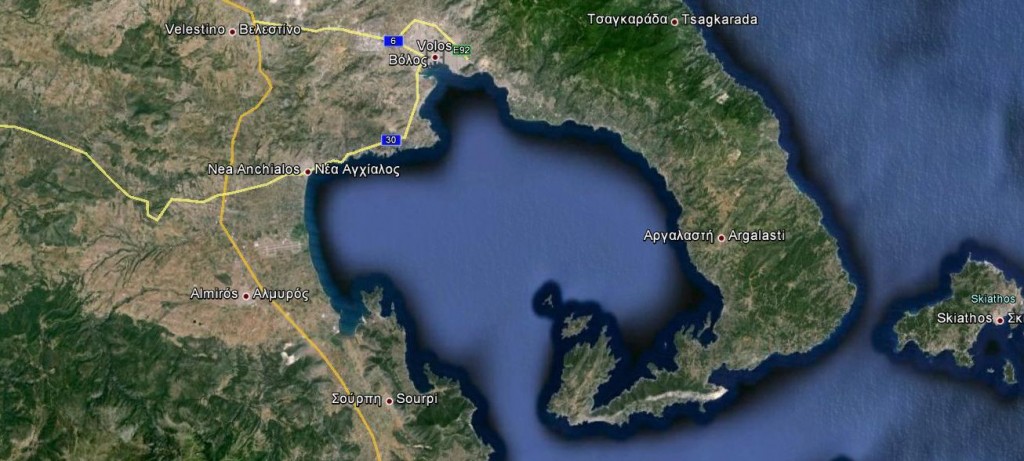
The waters of the Pagasitic can boil up in no time, frequently subsiding just as swiftly, but when Poseidon’s tantrums are out of control, the sea might rage for days, depositing all manner of debris along the beaches and among the rocks. Plastic, that prince among pollutants in all its forms, nets, ropes, wood, medical waste bearing foreign labels and doubtless dumped at sea, bottles, branches, logs, shoes, clothing, toys, to name but a few. My dog Sophia, keen swimmer and beachcomber, supplemented the toys we constantly bought her, by retrieving various playthings and balls from the tangled messes hurled onto the shore.
After one particularly fierce storm when Poseidon was completely out of control, I noticed a piece of green knitwear twisted tightly around some vegetation. Intrigued, I retrieved the mangled bundle and set about separating the knitting from the twigs and pine cones, burrs, thistles and bits of root gripping it. A very damaged, hand knitted sweater was finally freed. I was rather upset at first; it was difficult not to think that maybe a life had been lost. But then again, why should that have been the case? It could just as easily have been blown overboard, or accidentally dropped into the sea. Or been swept by a wave off the beach. Washed away in a heavy rainstorm. What about the person who’d lost it? Was it their only sweater? Sophia and I walked home, and I placed the matted little heap on a table to dry in the sun.
The next day I picked off some of the seed pods stuck all over it. This sweater has been in the water a long time. It’s faded in parts, badly ripped, it’s brittle and disintegrating, but it has a story to tell and I’m trying to understand it. There’s a temptation to indulge in a flood of metaphor and sentiment with regard to it, with waffle about unraveling and dropped stitches, and being battered by life, about what it was and what it no longer is, but the fact remains that someone went to the trouble of making it, and somehow it got lost. The fact remains that it’s handknitted, and that one seldom sees handknitted clothing here any more. The street markets in Europe have seen to that.
So where did it come from, this little sweater? And by whose hands was it made? The yarn is wool, it’s quite badly degraded, but it appears to have been handspun. This makes me think of Albania where I know women who spin beautiful yarns on drop spindles to knit for their families. The garment is knitted back and forth in pieces, which have been seamed together; the sleeves are set in; the neckband is crocheted. The yarn has been held double at all the cast on edges – a technique commonly used in Greece, Bulgaria, Albania, Turkey and parts of the Middle East. A close examination reveals no damage to the cast on edges, which is interesting in that other areas of the sweater have been torn. The cast on stitches are fairly rigid, they have very little elasticity, which again brings Albania to mind.
The workmanship would win no prizes, but this is a utilitarian garment, made to serve a need. It is not the work of privilege, if I may phrase it so. The hands that drew upon age-old knowledge and techniques to make it, that did so with love and concern, created a garment that links all those of us who knit. Who knows how far it’s traveled?![P1110973 [HDTV (1080)]A](http://chasingcentaurs.com/wp-content/uploads/2014/09/P1110973-HDTV-1080A-1024x762.jpg)
![IMG_2241 [HDTV (720)]A](http://chasingcentaurs.com/wp-content/uploads/2014/09/IMG_2241-HDTV-720A.jpg)

![P1120107 [HDTV (1080)]A](http://chasingcentaurs.com/wp-content/uploads/2014/09/P1120107-HDTV-1080A-1024x503.jpg)
![P1080106 [HDTV (1080)]A](http://chasingcentaurs.com/wp-content/uploads/2014/09/P1080106-HDTV-1080A-1024x468.jpg)
![P1030945 [HDTV (1080)] [HDTV (720)]A](http://chasingcentaurs.com/wp-content/uploads/2014/09/P1030945-HDTV-1080-HDTV-720A.jpg)
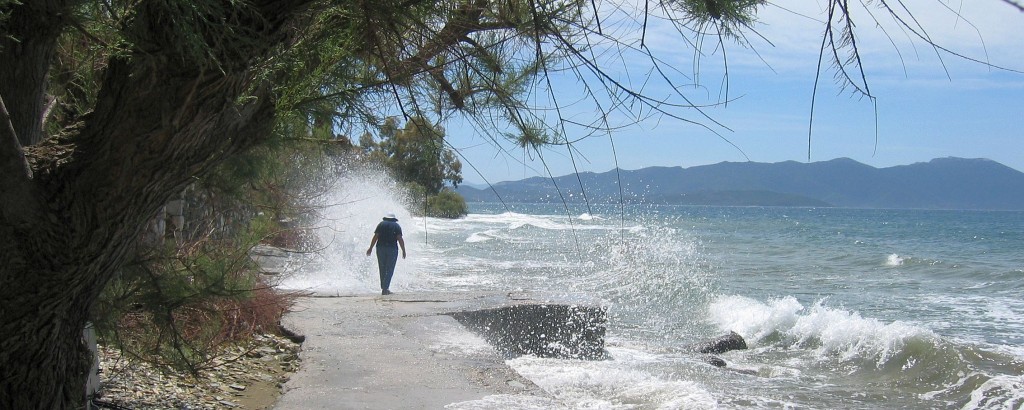
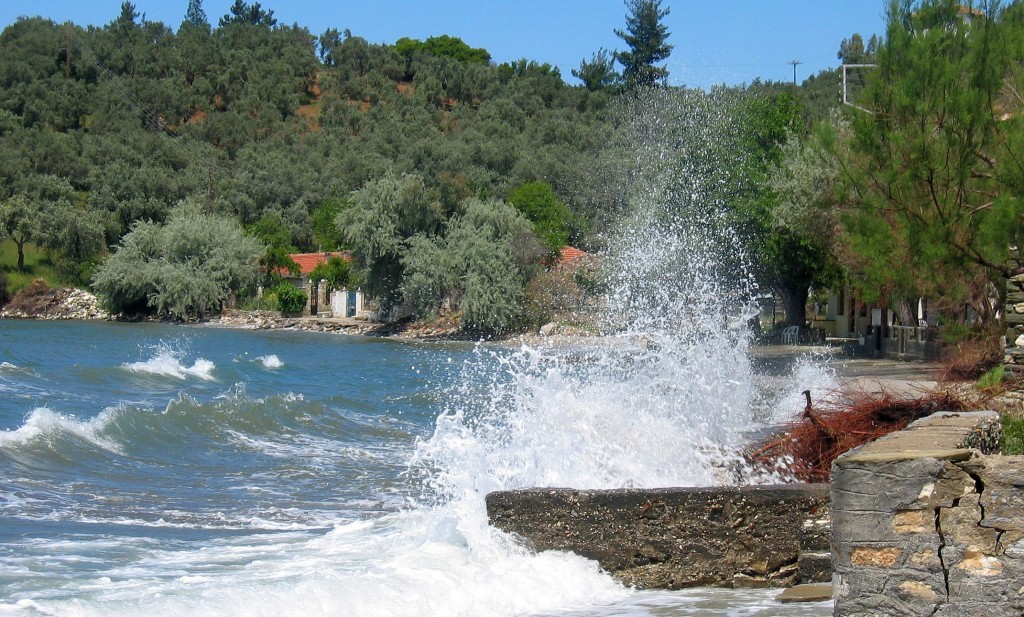
![P1030577 [HDTV (720)]A](http://chasingcentaurs.com/wp-content/uploads/2014/09/P1030577-HDTV-720A.jpg)
![P1020903 [HDTV (720)]A](http://chasingcentaurs.com/wp-content/uploads/2014/09/P1020903-HDTV-720A.jpg)
![P1020810 [HDTV (720)]A](http://chasingcentaurs.com/wp-content/uploads/2014/09/P1020810-HDTV-720A-1024x438.jpg)
![IMG_9077 [HDTV (720)]A](http://chasingcentaurs.com/wp-content/uploads/2014/09/IMG_9077-HDTV-720A.jpg)
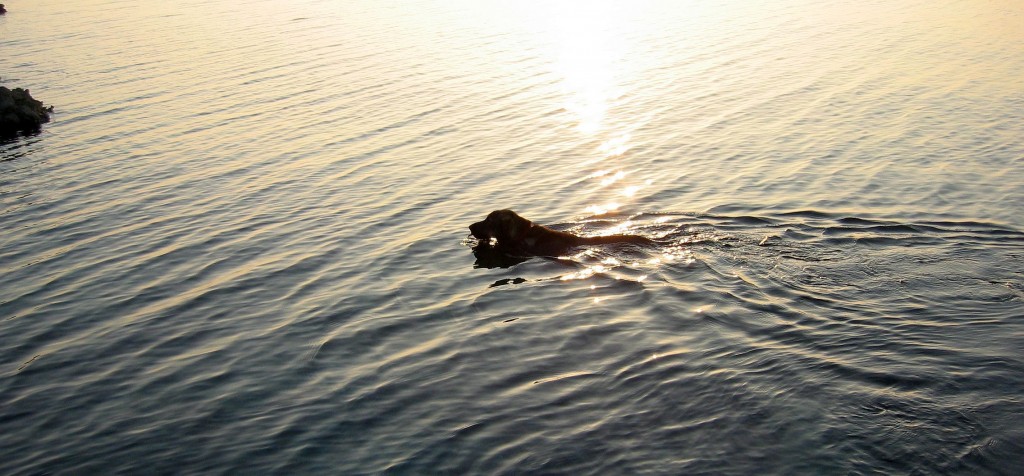
![P1220933 [1024x768]A](http://chasingcentaurs.com/wp-content/uploads/2014/09/P1220933-1024x768A.jpg)
![P1220931 [1024x768]A](http://chasingcentaurs.com/wp-content/uploads/2014/09/P1220931-1024x768A.jpg)
![P1220949 [1024x768]A](http://chasingcentaurs.com/wp-content/uploads/2014/09/P1220949-1024x768A.jpg)
![P1220943 [1024x768]A](http://chasingcentaurs.com/wp-content/uploads/2014/09/P1220943-1024x768A.jpg)
![P1220862 [HDTV (1080)]](http://chasingcentaurs.com/wp-content/uploads/2014/09/P1220862-HDTV-1080-300x225.jpg)
